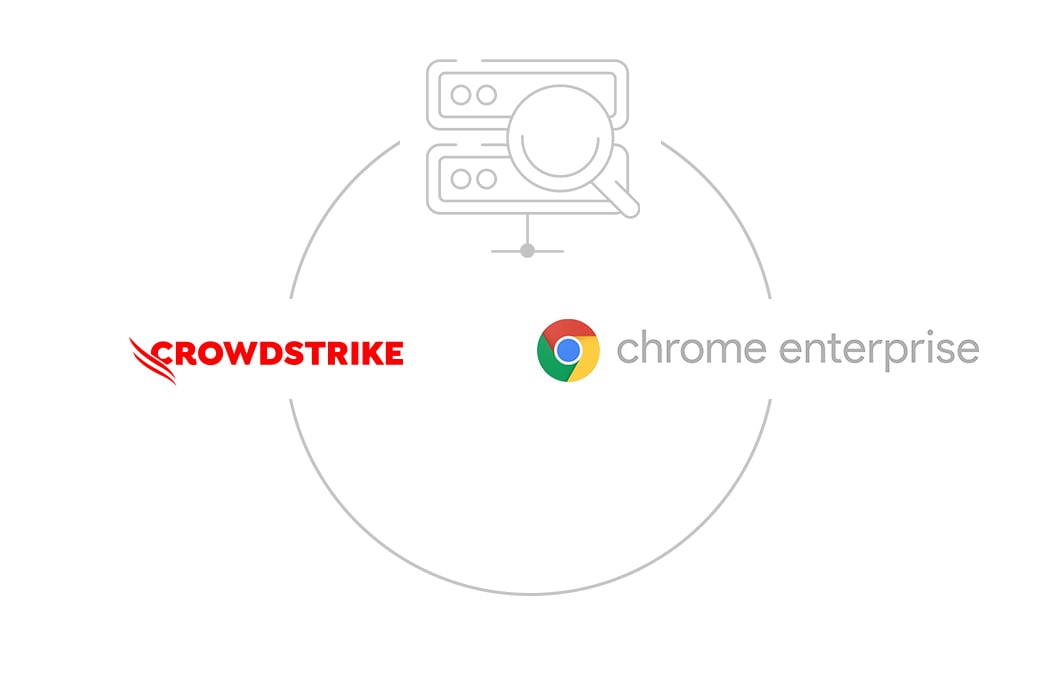Humio at Lunar: Log Management for a Kubernetes and Cloud Native Environment

This blog was originally published on humio.com. Humio is a CrowdStrike Company.
“The query language and speed of Humio compared to searching logs in Kibana is crazy! Much better experience in my opinion, and makes investigating and caring about logs so much easier.” – Kasper Nissen, DevOps Engineer at Lunar
Lunar is a Nordic bank with more than 200,000 users in Denmark, Sweden, and Norway. Lunar seeks to change banking for the better so that its users can control their spending, save smarter and make their money grow. A new bank built from scratch, Lunar uses technology to react swiftly to user needs and expectations.
As a company born in the cloud, Lunar isn’t tied down by legacy technology and believes banking customers shouldn’t be, either. Lunar is the perfect example of an industry disruptor, innovating the financial services industry by bringing digital-only transactions to banking. With as many as ten to twenty deployments a day, Lunar requires a modern log management platform that can keep up with the demands of its steady development and deployment schedule.
The NoSQL of Log Management
Lunar began its journey with a simple Elasticsearch and Kibana setup in AWS. However, it didn’t take long for issues to surface with the usability, compatibility, and day-to-day utility of the solution. The Elastic Query Language was a problem, and Kibana seemed to always come with difficulties. As the company’s line of products became more diverse and complex, the infrastructure needed to support the Elastic stack was no longer an option.
Like any bank, Lunar requires a secure log management solution. They sought an on-premises solution that would work with their AWS cluster and didn’t require logs to be sent out or exported to external services, as is the case with Elastic Cloud. The team turned to Humio. Humio is a modern log management platform that works well as an on-premises solution and doesn’t require a schema to start ingesting logs.
By using Humio to manage their logs to examine both application and infrastructure-layer data, Lunar became aware of the need for a solution that provided a complete view of its 35–40 different microservices. Humio gave them the collation of events both up and downstream, providing insights to prevent issues before they occur.
When testing new application functionality on iOS or Android, the team uses Humio to get instant feedback on what’s going right (or wrong) with a piece of code before it goes to production. Humio allows for rapid turn around and a shorter development cycle, which in turn means more features and fixes in less time.
Kubernetes and Humio as the Core
While creating a new way to look at Fintech, Nissen knew modern DevOps ideas and infrastructure were needed to launch banking into the modern age. Humio is the heart of that effort as well. Most recently, Lunar started using the Humio Operator for Kubernetes. Doing so, said Nissen, “pushes the tough, operational aspects to the cloud provider so we can focus more on the things we care about.” The Operator minimizes the operational overhead of running Humio in Kubernetes. “It also provides us with a distributed setup out of the box, which is awesome, especially now that we can push this burden to the cloud provider of managing Kafka and Zookeeper, which are notoriously difficult to run,” Nissen said.
At this point, all teams at Lunar are using Humio as part of the daily development routine. With an extension into the dashboards used around the offices, everyone can keep an eye on logs and the graphs they produce to ensure all needs are being met and everything is running smoothly.
Watch this video to learn more about Humio at Lunar.


